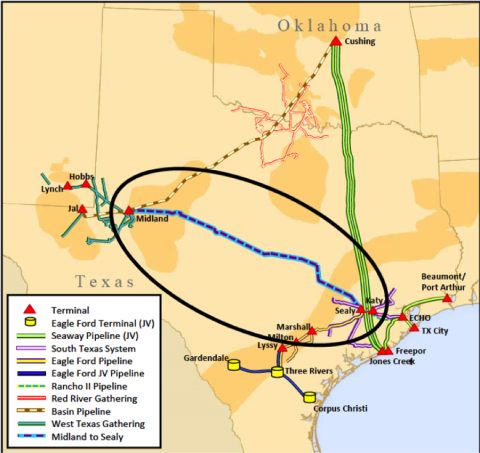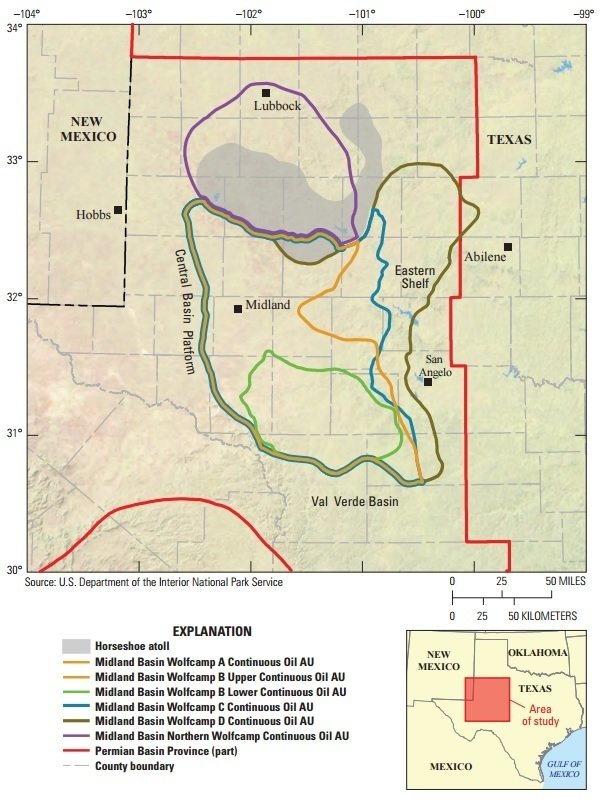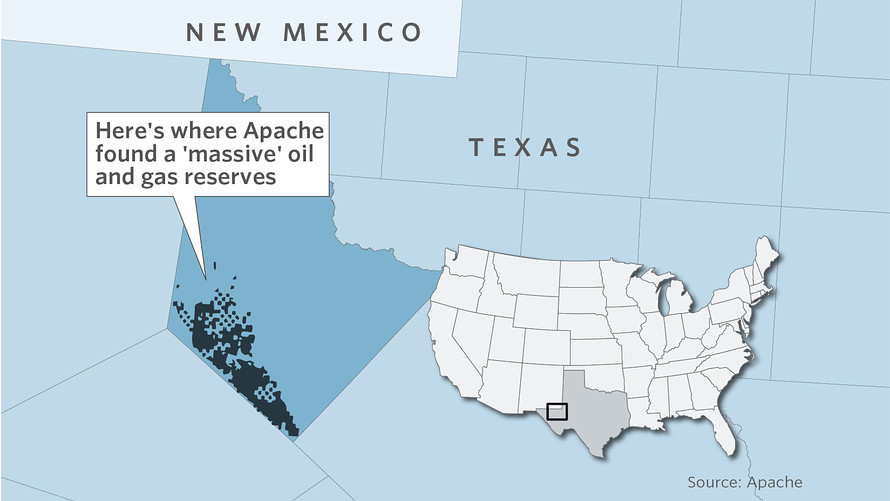The case of Rippy Interests LLC. v. Nash, LLC is interesting because it examines what type of operations will keep a Texas oil and gas lease in force after the primary term has expired, and also what constitutes a repudiation of an oil and gas lease in Texas.
On January 18, 2006 Range Production I, L.P. acquired a mineral lease (hereinafter the “Range Lease”) on acreage in Leon County owned by Nash LLC. The primary term of the lease was for three years, with an option to extend the lease for an additional two years. Range exercised the option and extended the term of the Range Lease to January 18, 2011. In the fall of 2009, Range assigned its lease to Rippy Interest LLC. A year later, Rippy received a drilling permit to drill a well on the Range Lease.
The same month that Rippy received the drilling permit, Nash LLC granted a top lease for the acreage to KingKing, LLC (hereinafter the “KingKing Lease”), which was expressly subordinate to the Range Lease and would only take effect upon the expiration of the Range Lease. The Range Lease contained the following two clauses, which are fairly standard clauses (in one form or another) in Texas oil and gas leases:






